Scott #39 is a significant and rare stamp in the history of United States postage. As the first 90-cent stamp issued, it introduced a completely new design featuring a portrait of a younger George Washington. The stamp’s deep blue color and high denomination make it a notable entry in the series.
Design & Print
The design of Scott #39 is based on George Trumbull’s 1792 portrait of George Washington, depicting him in a general’s uniform. Washington is portrayed in a three-quarters face on a very dark blue ground with an arched top. Above the portrait is a solid panel conforming to the arch’s curve, bearing the words “U.S. Postage” in white capitals. Below the portrait, in a straight panel with rounded ends, are the words “Ninety Cents.” The portrait is framed by scroll-work ornaments resting on a pedestal, creating an elaborate and distinguished design.
Postal Usage
Scott #39 was typically used in combination with other stamps to pay for large weight overseas packages. Its high denomination of 90 cents made it particularly suitable for significant postal requirements, especially for international mail that required a substantial postage value.
Identification
The stamp’s deep blue color and the specific portrayal of Washington based on Trumbull’s painting are key identifiers. Additionally, collectors should be aware that Scott #39 is one of the most altered 19th Century US stamps, frequently subjected to regumming, rebacking, repairing, and fake cancels. Due to these alterations and the high value of the stamp, it is recommended to purchase Scott #39 only with a certificate verifying its authenticity.
Scott #39, with its unique design featuring a younger George Washington and its status as the first 90-cent stamp, is a crucial piece in U.S. postal history. Its role in covering large weight overseas packages and the intricacies of its design and identification make it a significant and valuable stamp for collectors and historians. Understanding the nuances of Scott #39’s design, postal usage, and identification challenges offers a comprehensive perspective on its place in the rich tapestry of American philately.

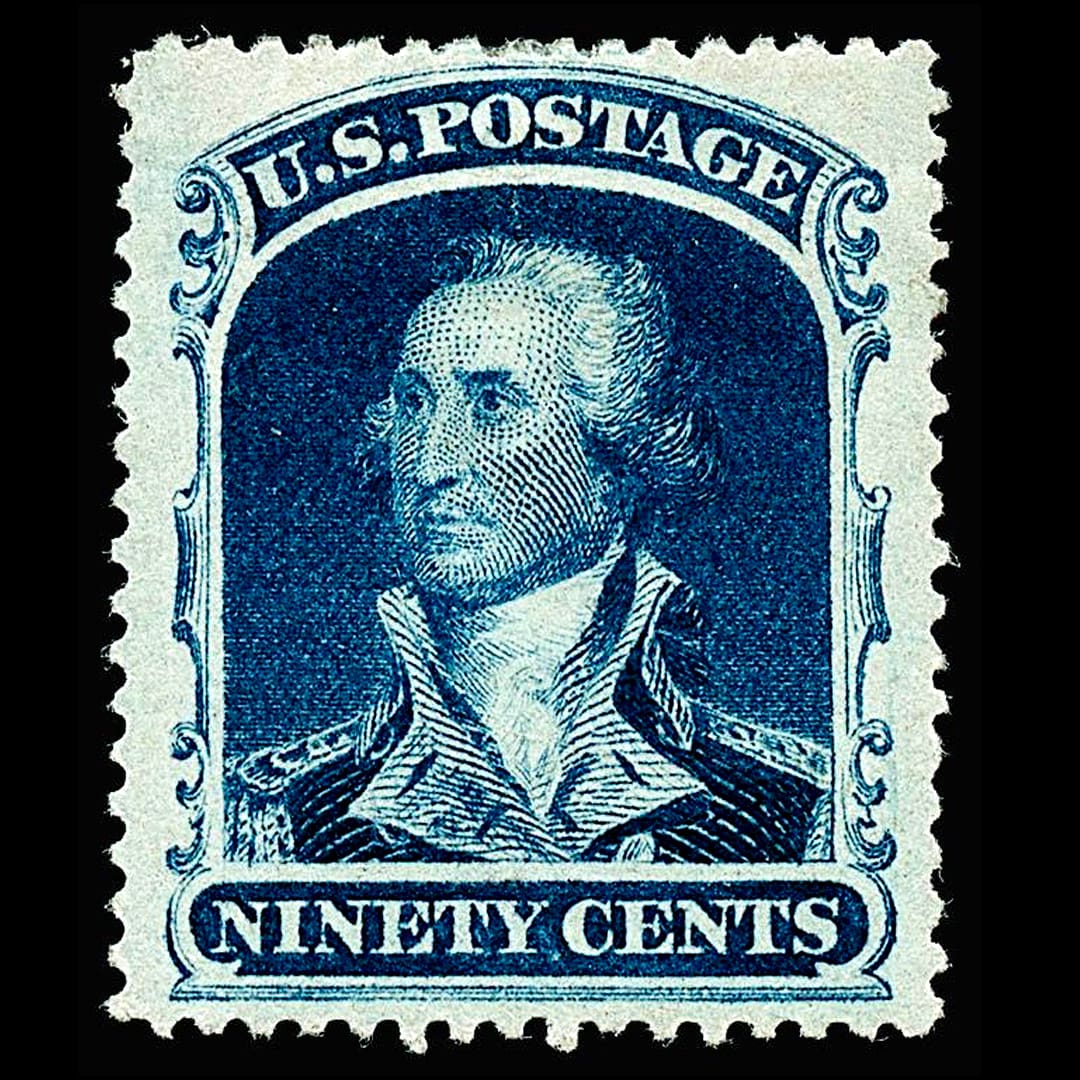

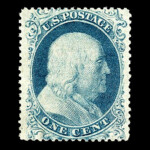
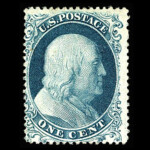
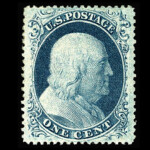
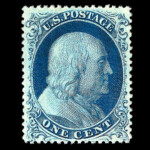
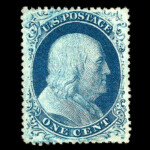
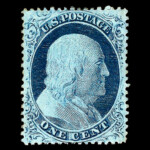
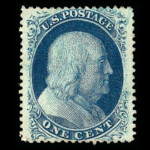
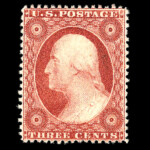
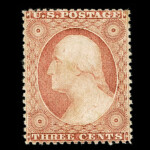
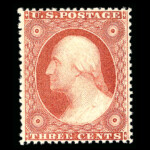
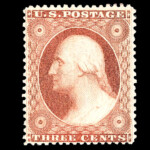
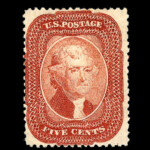
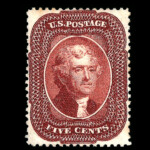
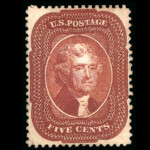
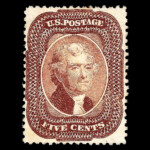
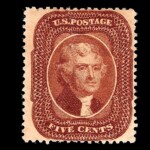
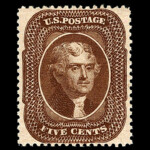
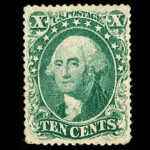
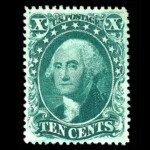
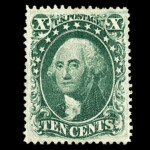
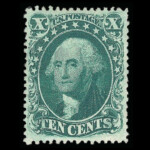
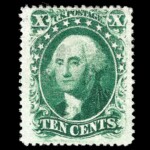
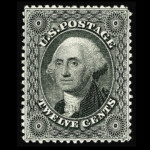
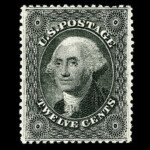

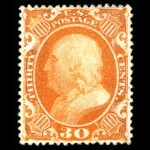
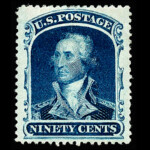




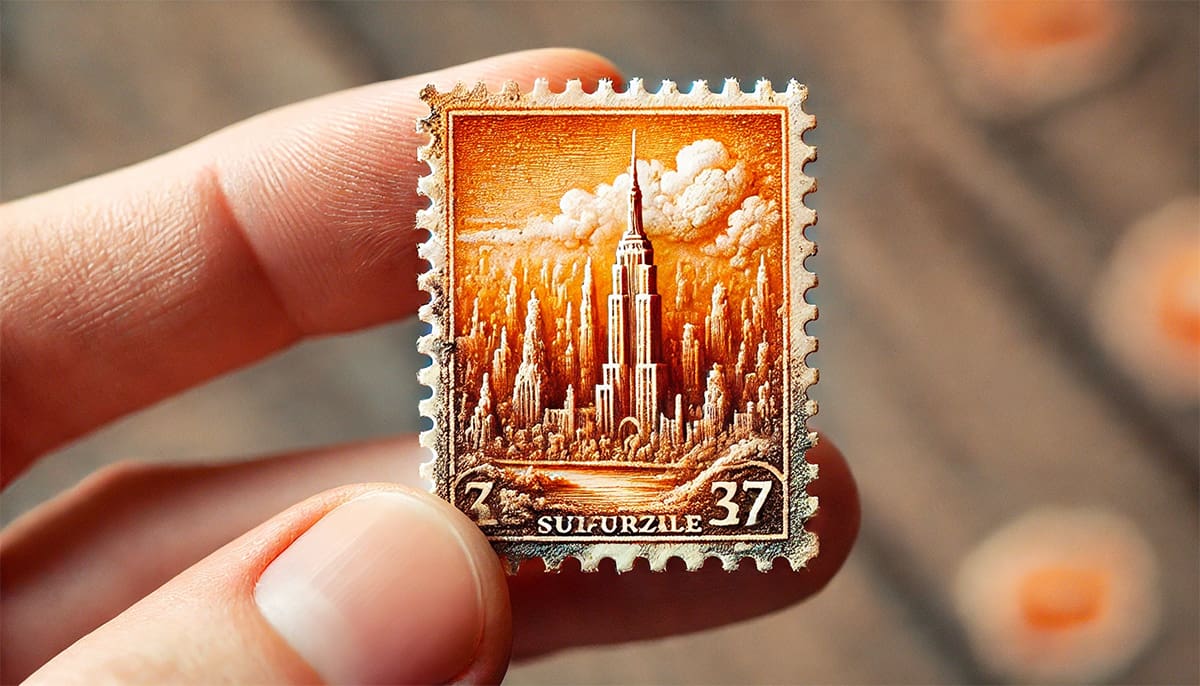




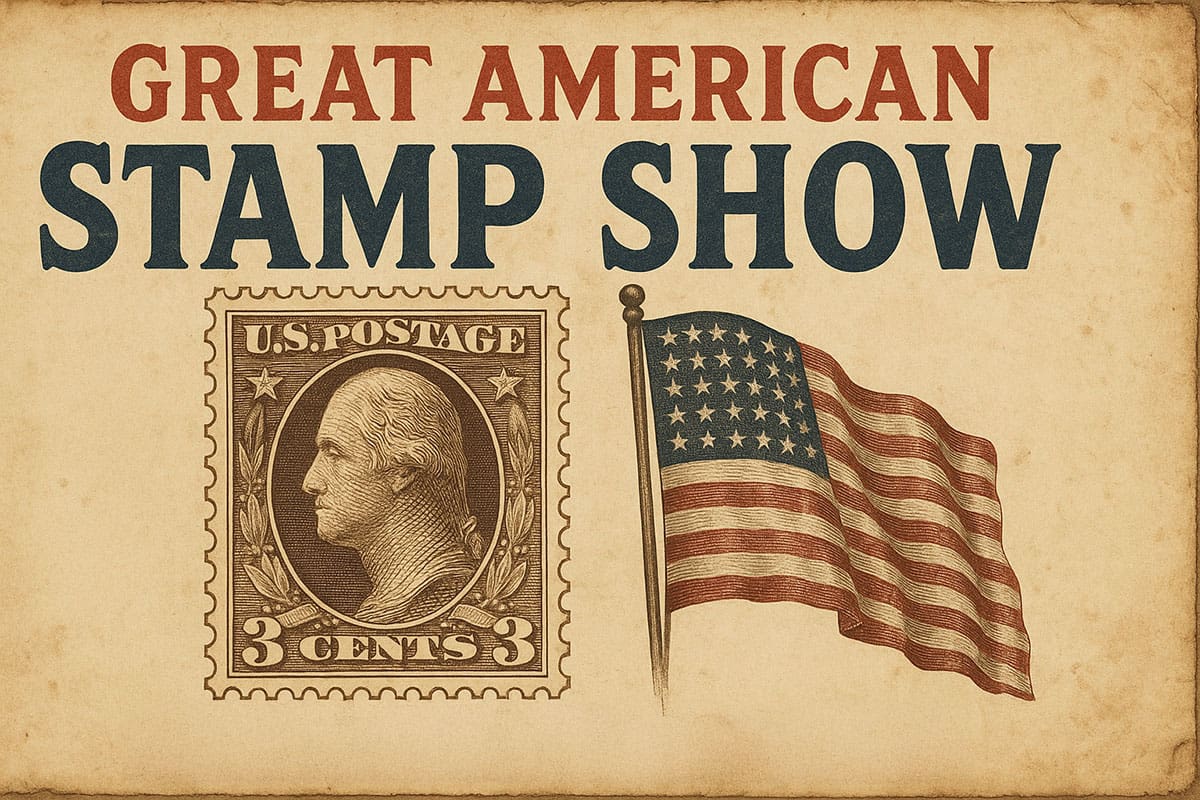


Ask A Question Or Leave A Comment